Are you curious enough to know how does sunlight kill mold? While it seems to be a working natural solution, sunlight does more than what we can expect.
From containing mold to odor resistance, there are a lot of things these UV rays can do to us.
But how long it may take for sunlight to kill mold? common places for mold formation and preventive measures.
Let’s talk about everything in detail in this article to keep yourself updated to stay hygienic as well as to maintain a mold-free home.
What Is Mold?

Mold is most commonly found as a tiny fungus in our homes that grows in damp as well as warm environments.
These fuzzy patches can be observed as visible patches in the usual places like bathrooms, basements, and also near the cracks.
While this mold is an important factor in breaking down the dead plants in nature, it can show adverse effects when present in homes.
From stinky odor to breathing problems, it can create a large chunk of disadvantages when present.
common places to find mold in house
Here are a few common places to find mold in house:
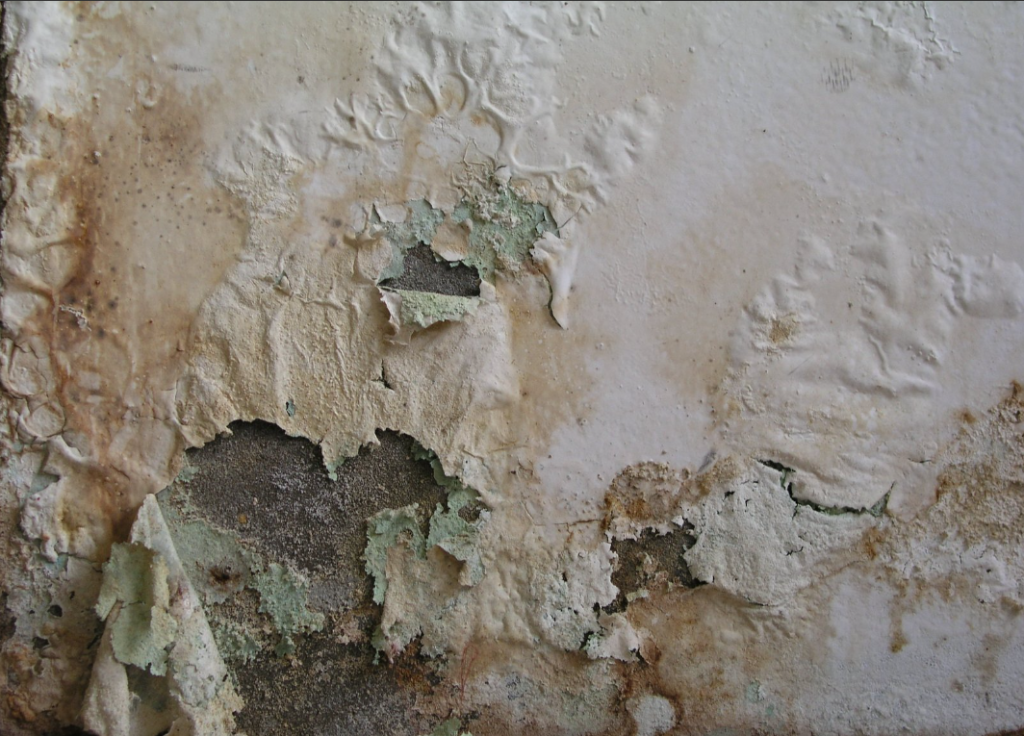
1. Bathrooms
Mold loves the damp atmosphere, so this bathroom is the prime spot to grow. They can be visibly found on shower curtains, bathtubs, and also utility sinks.
2. House Basements
House basements are mostly humid and have very little ventilation. This can create an ideal choice for the mold to spread across the walls, floors, and also unused items.
3. Home Kitchen
The kitchen has the most ideal spots for mold growth like leaked pipes, oil spills, and steam.
Uncleaned surfaces in the kitchen like sink basins, and closets can progress the growth.
4. Storage Attics
With less to no sunlight, attics can serve as the hub for mold growth. This can mainly include roof beams with moisture, insulations, and also storage items.
5. Windowsills
Windowsills have heavy condensation, that can create a dampened environment on which the mold can easily sustain.
Suggested Read: Top 10 Strategies On How to Keep Shower Curtain From Molding
Does Sunlight Kill Mold Directly?
‘Can sunlight kill mold directly?’ The short and straight answer would be Yes!
However, this is not that simple. The ultraviolet rays present in the sunlight hold antifungal properties which can deter the growth of mold spores.
If the mold spores are deeply embedded they need special attention then simply exposing them to the sunlight to get rid of it.
How Does Sunlight Kill Mold?
Sunlight can alter the growth adversely or can even kill the mold due to the presence of Ultraviolent particles in it. Here are the insights:
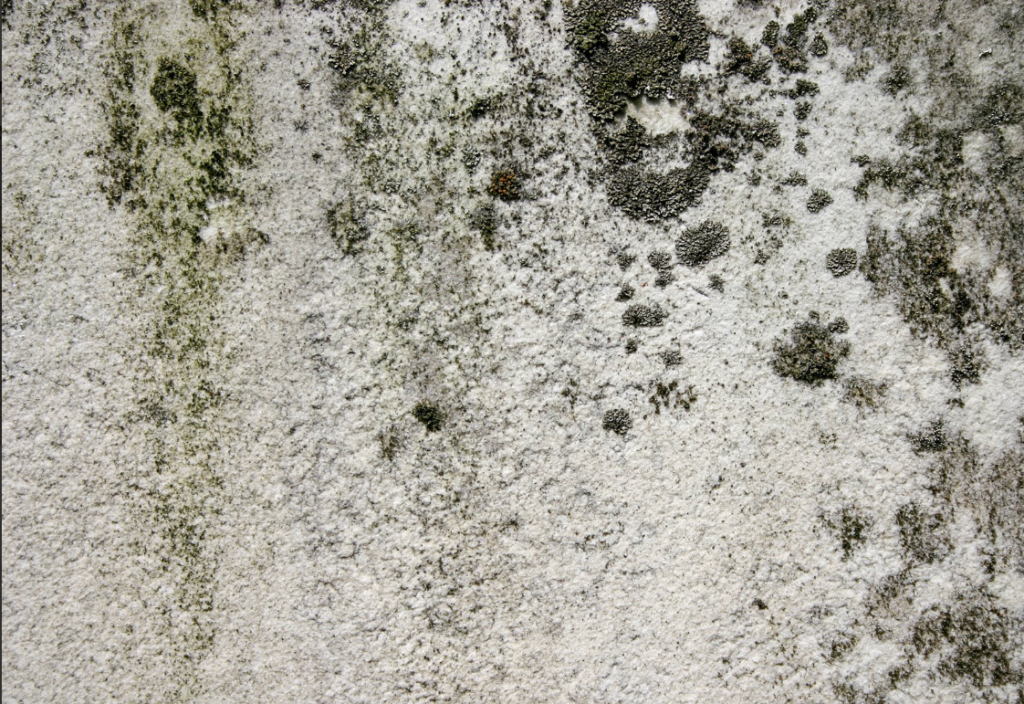
Power Of UV Rays in Sunlight On Mold
1. DNA Damage: UV rays can strictly cause an alteration to the mutation in the mold DNA and hinder their growth and ability to reproduce further.
2. Protein Disruption: Mold requires proteins to survive on any surface, UV rays can contain the reach of these essential proteins to the mold survival.
Effect Of Sunlight On Mold Growth
Sunlight is an effective natural method for combating mold growth due to the presence of UV rays.
The alteration of the cellular structure of the mold can render well to make it inactive and help to maintain your home mold-free.
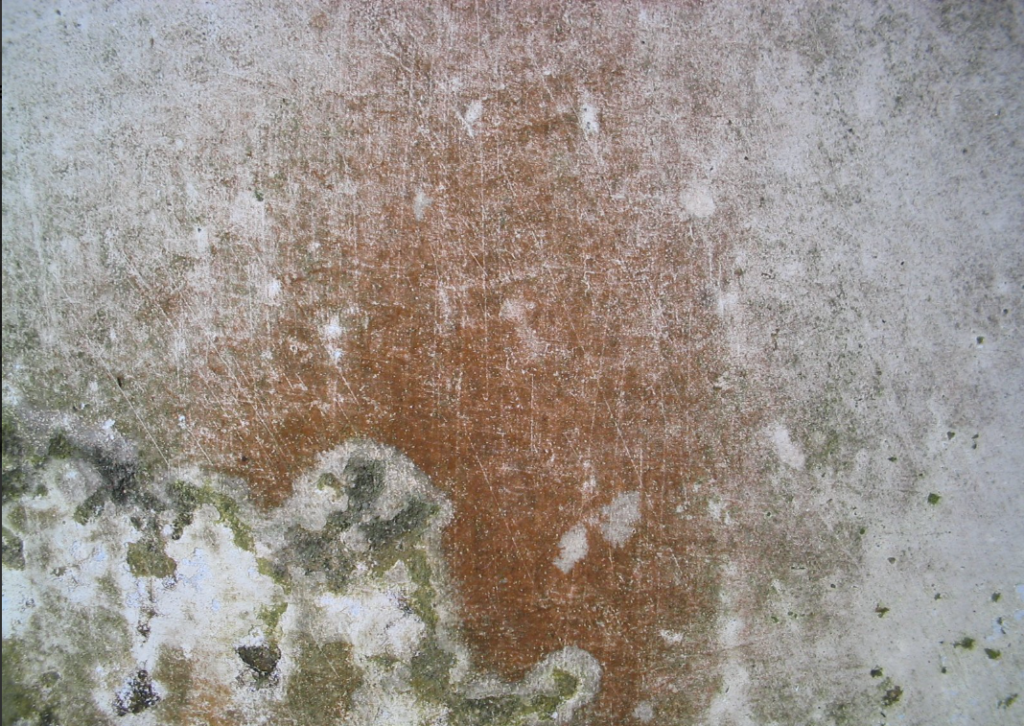
Here are the 5 points on how sunlight can kill mold:
1. UV Radiation
As previously discussed above, sunlight with the presence of UV-A, UV-B, and UV-C rays can deter mold growth.
Specially this radiation can destroy the DNA and prevent it from spreading any further.
2. Drying Effect On Mold
Sunlight can keep a check on moisture by drying out the damp areas on which the mold dangles.
If the moisture is absent, it is hard for the mold to survive and shows the less signs of mold pores.
3. Surface Exposure On Mold
If the sunlight is directly falling onto the non-porous surfaces, then mold growth can be inhibited quite effectively.
You need to align your furniture at least twice a week to make sunlight fall in all the regions equally.
4. Planned Cleaning Schedule
Sunlight can be used as a supplementary method when it comes to traditional cleaning and disinfecting techniques.
Right after cleaning the mold areas, it is vital to expose the area to direct sunlight to keep it safe from the mold spores.
5. Prevention Of Recurrence
Regular exposure to sunlight can keep a check on moisture buildup.
The well-lit and dry areas are inhospitable for the mold and its recurrence once removed.
Limitations Of Sunlight Exposure On Mold
Though sunlight has the benefits of fighting mold growth, it has its reasonable limitations. Here are a few:
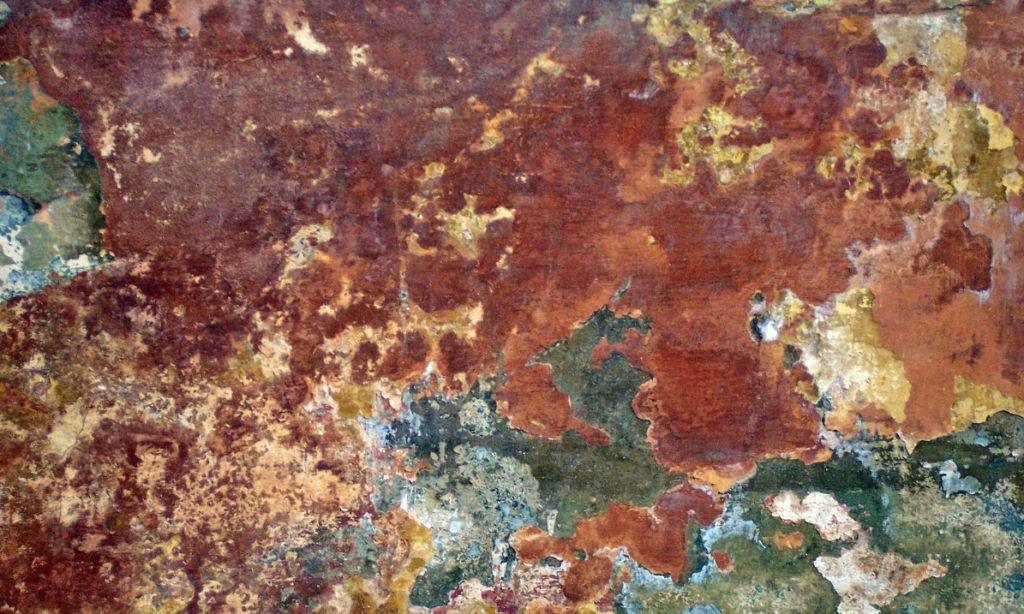
1. Penetration Depth Of Rays
Sunlight induced with UV rays is suitably effective in showing great impact on mold.
However, they lack the ability to penetrate into depths of porous materials like drywall, wood-tough fabrics, etc.
This limitation can let the mold to grow once the conditions turn favorable to them.
2. Time Requirement For Mold
For effective mold control, there is a requirement for sunlight exposure for prolonged hours.
It sometimes needs days together, this wholly depends on the mold intensity your place is holding.
Such an extended period is not practically possible or sufficient to limit mold growth.
3. Indirect Sunlight Ineffectiveness
Even though sunlight falls on the mold, it can be filtered rays through window tints or curtains.
This can decrease the intensity of the UV rays and show no effect on mold growth.
4. Environmental Dependence
If the weather is cloudy and there is no proper sunlight for a straight few days, the chances for mold to regrow are high, due to high humidity.
5. Incomplete Remediation
Till now we are dealing with the killing of the mold spores, but how about the dead molds?
They can still be allergic and can cause health issues.
So, Apart from sunlight exposure there is the added necessity of physical cleaning for complete removal.
Suggested Read: How To Get Rid Of Boxelder Bugs: 24 Hacks For Bug-Free Home!
Most Practical Ways to Use Sunlight for Mold Control
Here are a few most practical ways to use sunlight for mold control:
One of the most effective techniques that I personally follow in my home to kill mold with sunlight is allowing more sunlight.
You can simply open all the curtains or blinds and let the sunlight expose all over your home.
2. Keep The Surfaces Dry Always
You need to dry out the dampened areas where there is a possibility of mold growth.
Mainly items like rugs, carpets, cushions, furniture, everything must be dried out immediately after the water contact.
Suggested Read: Remove Water Stain From Fabric Couch: 16 Quick Solutions!
3. Brighten Up Closets And Storage Areas
Never keep your closets or storage areas completely shut for days together.
Plan your periodic cleaning sessions to keep them away from insects or mold attacks.
Install filters to let the sunlight and the air inside the closet restrict bad odors.
4. Sunlight For Decor Items
Most of the decor items in our homes like drapes, cushions, and carpets have the ability to hold moisture.
So it is important to maintain them in the sunlight-falling area to contain mold growth.
5. Indoor Plant Maintenance
Most of us think that indoor plants can help us breathe more oxygen and also increase the aesthetics of our homes.
Though it is practically correct, the moisture levels in the soil can increase the chances of mold growth.
So, it is essential to maintain these plants in a well-lit area and maintain the soil with proper compost.
Suggested Read: How To Clean A Utility Sink: 11 Pro Tips For Bright Finish!
Alternative Ways To Use Sunlight For Mold Control
If you don’t have direct sunlight, you can use these alternatives to make sunlight kill mold:
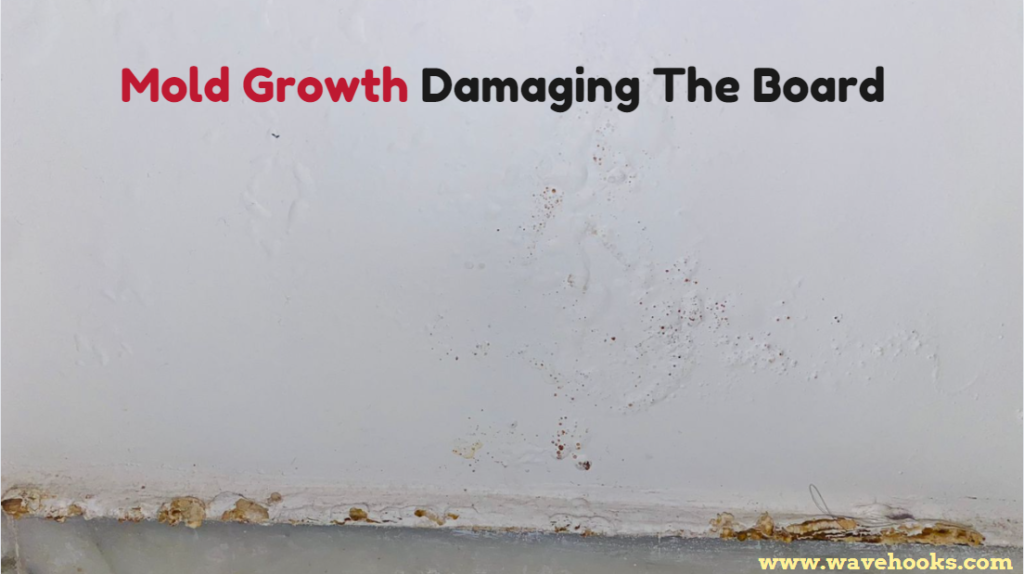
1. Use Solar Dehumidifiers
You can use solar dehumidifiers in the moldy areas of your home.
Though they cannot match the full potential of UV exposure but can surely help in dehumidification to restrict mold growth.
2. Solar-powered Fans
You can try to install solar-powered fans in the areas of high dampening in your home.
These fans can help you increase in the airflow to keep in check with the humidity. This eventually helps limit mold growth.
3. Sunlight- Activated Paints
You can use sunlight-activated paints that have anti-microbial properties that match the effect of sunlight.
These paints can be easily available online and offline and have additives that inhibit mold recurrence.
4. UV-C Light Systems
As UV-C is a strong source to restrict mold growth, you can install UV-C light systems in the affected region and kill the mold spores.
5. Sunlight-Based Desiccant Systems
Sunlight-based desiccant systems are those that can activated when they come into contact with the light.
You can place them in the susceptible mold growth regions or the closets to keep a check on the mold formation.
Suggested Read: How To Get Mothball Smell Out Of Clothes: 15 Inventive Ways!
Other Ways To Prevent Mold Growth
Though sunlight can kill mold, here are the simple 5 tricks you can follow to prevent mold growth in your surroundings:
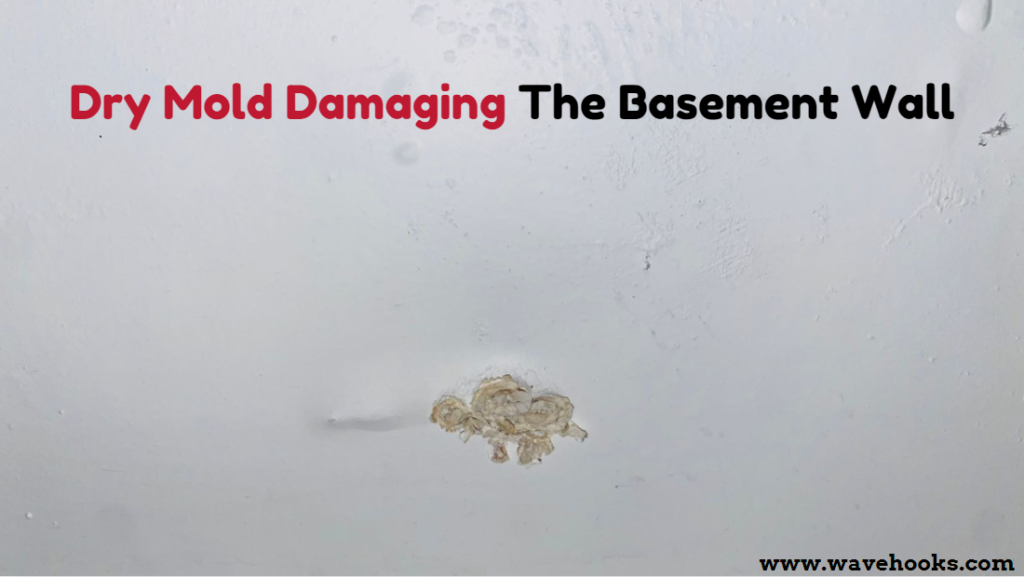
1. Reduce Humidity: You need to use dehumidifiers and keep a check on the humidity levels below 60%.
2. Fix Leaks In Home: You need to immediately fix the leaks in pipes and walls to avoid moisture accumulation.
3. Clean And Dry: Always keep your home clean and dry to maintain the order of your surroundings.
4. Improve Air Flow: It is required to maintain the proper airflow and the light to keep a check on mold growth.
5. Mold-Resistant Products: Use mold-resistant paints and sprays to avoid the formation of dry molds.
Can Sunlight Kill Mold In Different Areas?
Here are a few most common areas where there is a chance of mold growth. Check whether sunlight can kill mold in these areas or not:
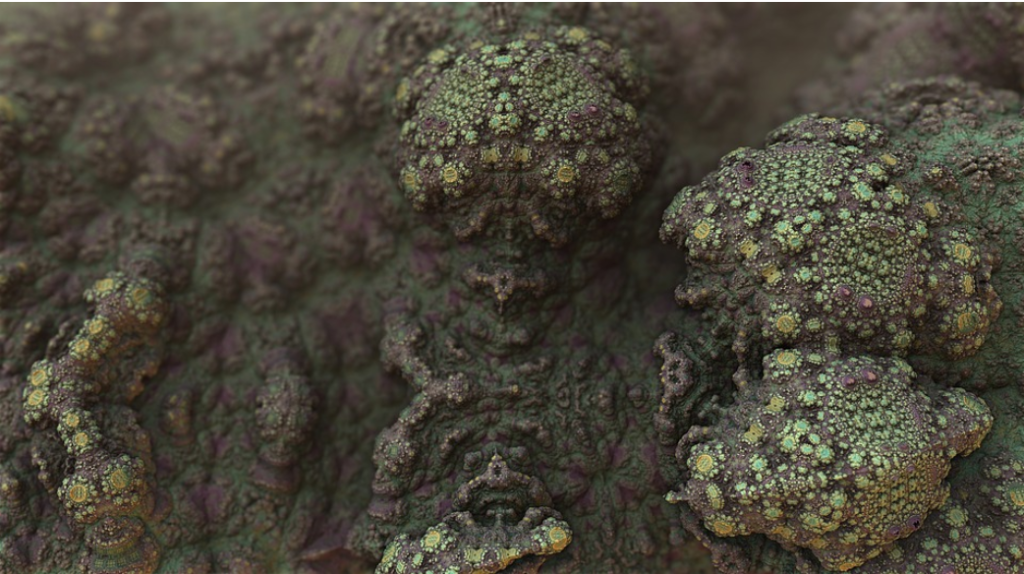
1. Does sunlight kill mold in bathroom?
Yes! Sunlight kill mold in bathroom by reducing the damp areas with prolonged exposure. So, you need to maintain good ventilation in the bathroom.
2. Does sunlight kill mold on plants?
Sunlight kill mold on plants by drying out the excess moisture in the mold-affected areas. The constant exposure can also completely prevent mold recurrence.
3. Does sunlight kill black mold?
Sunlight kill black mold by drying out the affected regions by the strong UV rays.
However, black mold is so strong that alone sunlight is not enough to eliminate it completely, it needs a comprehensive treatment to eradicate it.
4. Does sunlight kill mold on clothes?
Sunlight kill mold on clothes by drying them out and using the powerful UV rays to disinfect the fabrics. This exposure can also remove the bad odors from the clothes.
5. Does sunlight kill mold on books?
Yes! Sunlight kill mold on books by sucking out the excess moisture and reducing the impact of the mold spores.
But it is important to keep the books from overexposure as it can damage the print and aesthetics.
how long does it take sunlight to kill mold?
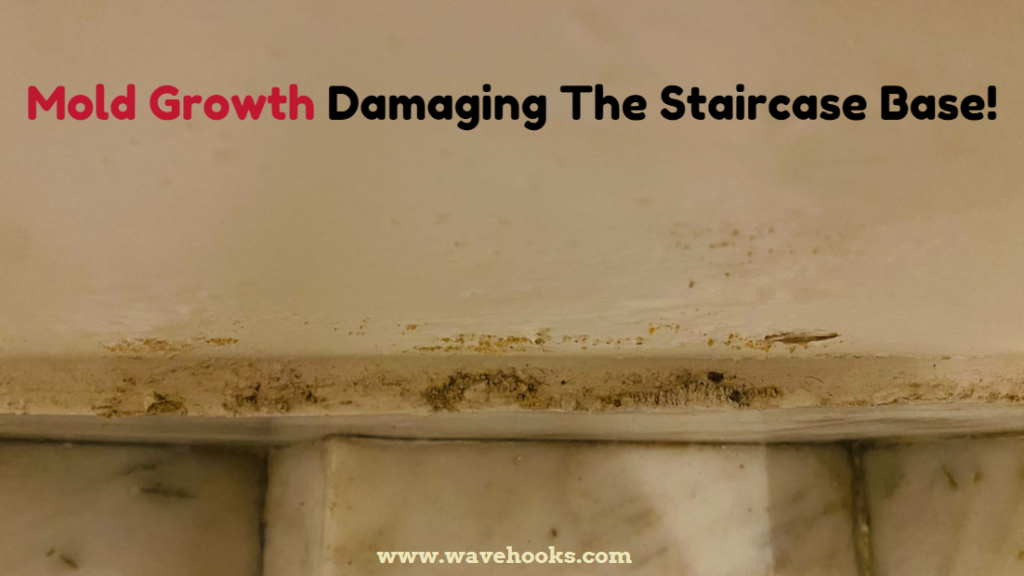
The time takes for sunlight to kill mold depends on a multitude of factors.
This can include the intensity of the sunlight, amount of penetration, mold characters, and type of mold.
Normal mold killing can hardly take a few hours, and strong molds can even subdue even after days of exposure.
Conclusion
So, finally for a question- does sunlight kill mold? We would definitely say a big Yes! but with some reasonable restrictions.
Though UV rays have the power to restrict growth, not all the molds can be easily eliminated.
You need to also follow a few hygiene and regular comprehensive approaches to avoid the adverse effects of the molds.

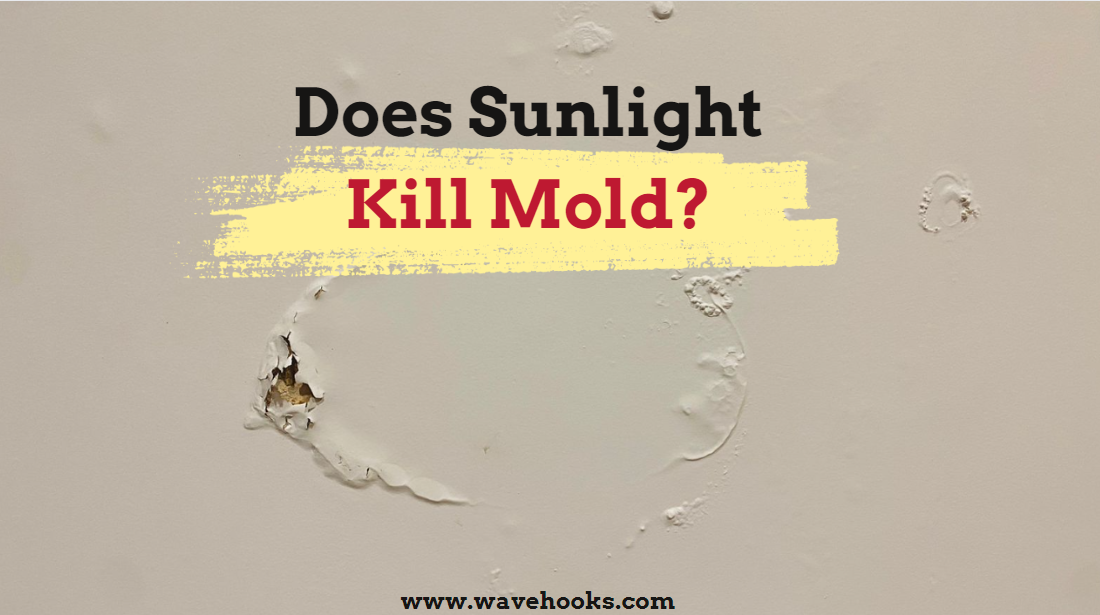
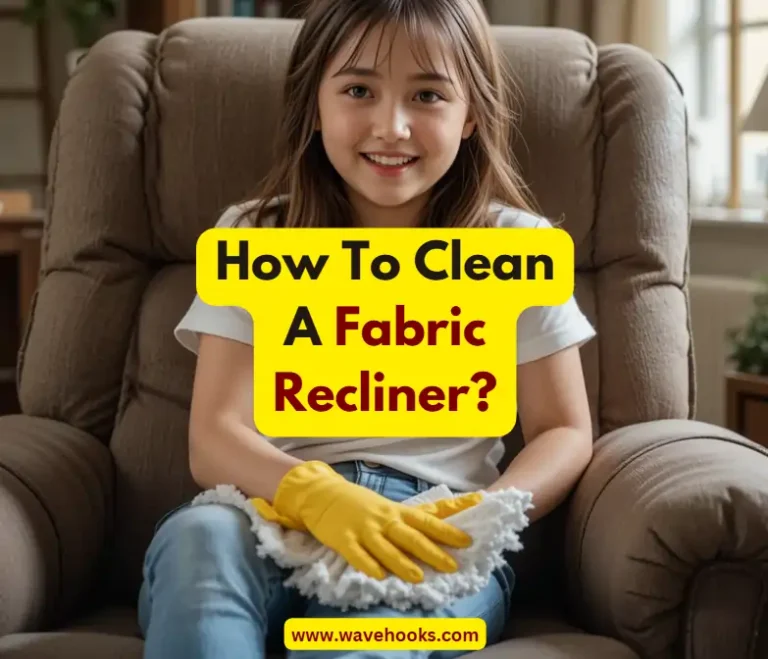

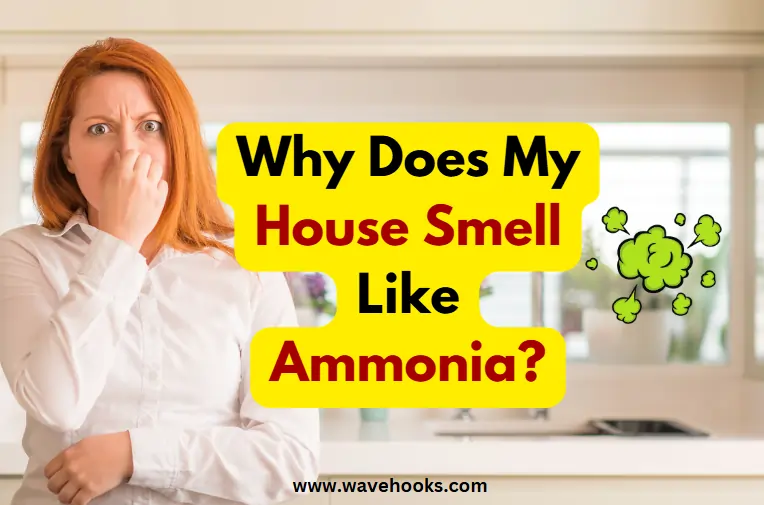



8 Comments